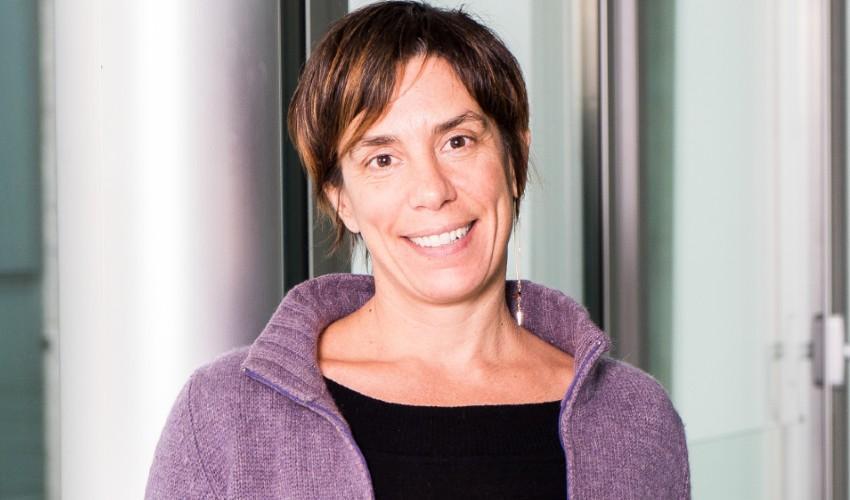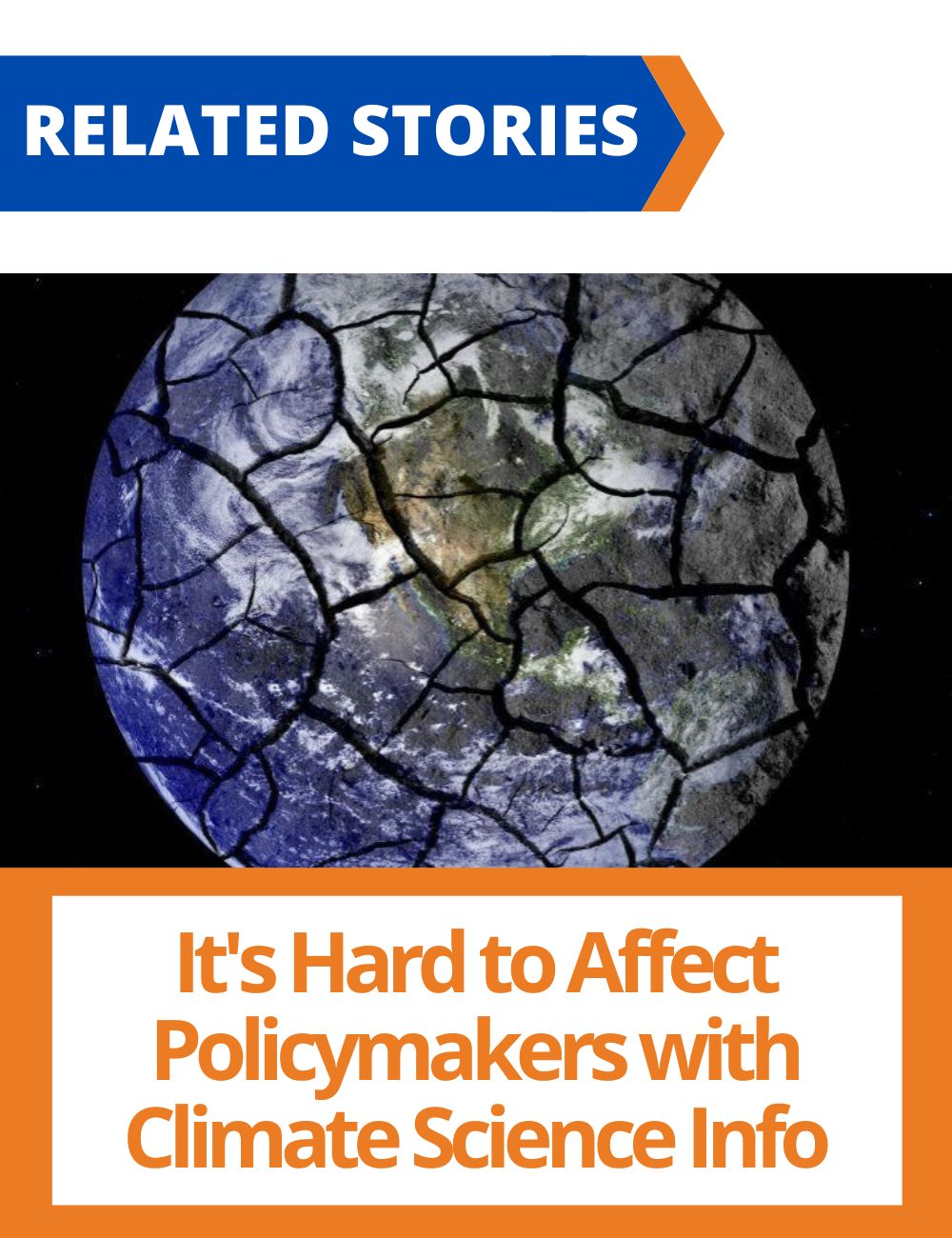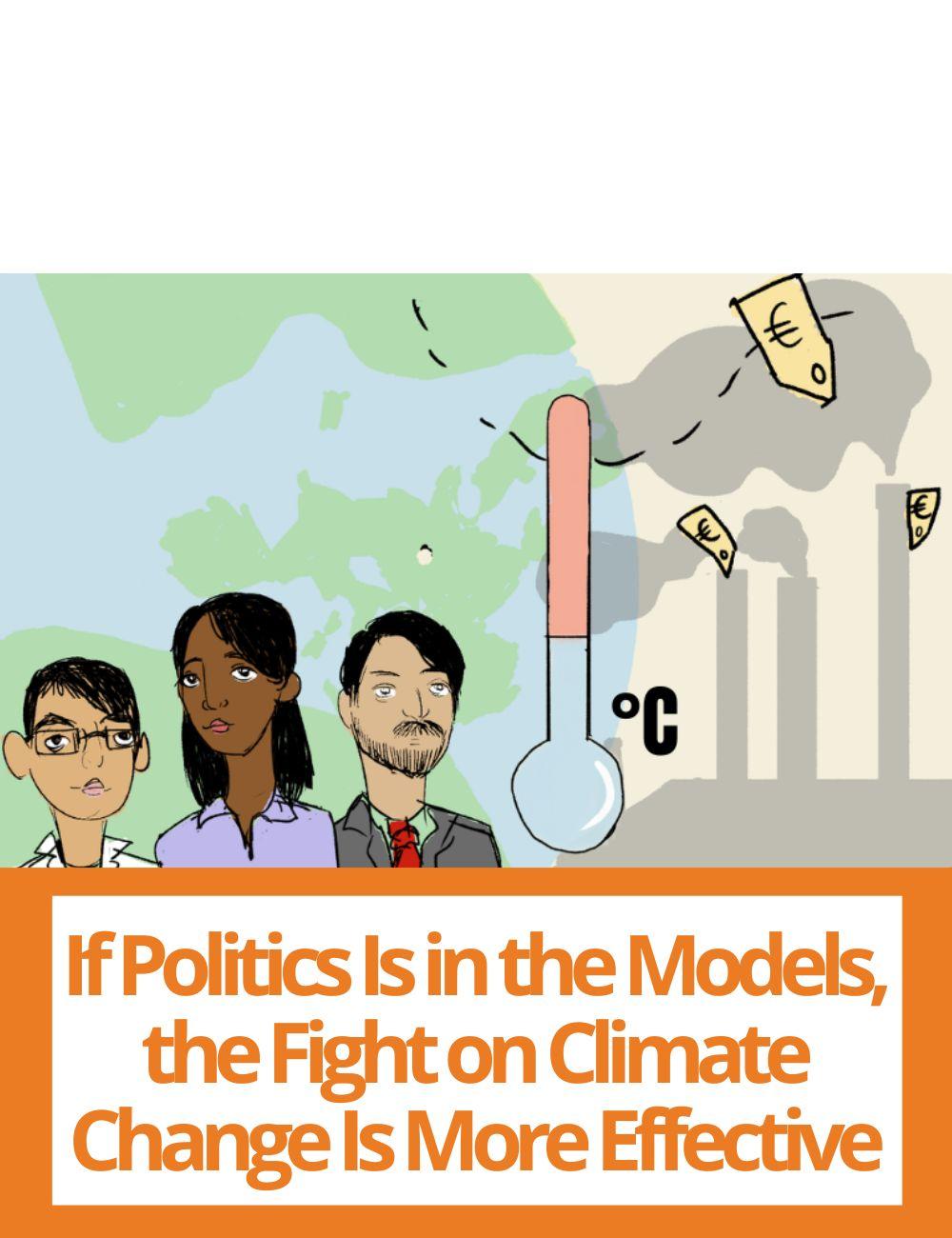
The Real Impact of Carbon Dioxide Removal Methods
VALENTINA BOSETTI WILL COORDINATE BOCCONI'S INVOLVEMENT IN A MULTIPARTY PROJECT ON HOW TO REDUCE CARBON DIOXIDE FINANCED BY THE EUAmbitious goals laid out to keep global warming in check call for scientifically sound methods for achieving them. Reducing carbon dioxide in the atmosphere is at the core of climate policies but, though effective methods to achieve this are known, we are still far from a global political consensus on their implementation. This delay and uncertainties surrounding the climate system may require us to take CO2 from the atmosphere. A new project called UPTAKE, financed by the European Union as part of the Horizon program, aims to carry out a systemic and integrated appraisal of a large portfolio of carbon dioxide removal (CDR) methods and their interactions with decarbonization and sustainability strategies. Bocconi is taking part in this project with Valentina Bosetti, of the Department of Economics.
The project is coordinated by Italy’s Centro Euro-Mediterraneo sui Cambiamenti Climatici and includes 20 other partner or associate research organizations from the EU and beyond. Its importance derives from the fact that current practices in assessing CDR methods in terms of their technological readiness, scalability, effectiveness, social and governance implications and requirements have significant limitations. Moreover, there is scarce attention to the interactions of CDR methods with other EU policy initiatives aimed at reducing energy import dependence and fast forwarding the green transition at European or national levels.
In order to overcome these drawbacks, the project has three main objectives: producing a comprehensive assessment of individual CDR methods, integrating them into leading modelling frameworks, and facilitating CDR uptake considering real-world constraints. In other words, UPTAKE aims to develop resilient CDR strategies based on strengthened scientific evidence on the social, technological, economic, and environmental characteristics of CDR technologies and their interplay. The scientific evidence will be eventually collated into an openly available CDR knowledge inventory.
Bocconi’s contribution will be twofold. When assessing social awareness, knowledge, and acceptance of various CDR options by means of opinion surveys, it will carry out a set of experiments to investigate what CDR technologies would more easily lend themselves to misunderstanding and the generation of fake information and how to convey information best to minimize these risks. Then, the Bocconi team will identify robust CDR roadmaps which are resilient to implementation and other uncertainties and classify them using different decision-making criteria.



“Studying the public reaction to carbon dioxide removal technologies and the associated narratives is as important to their success as is studying their technological potentials,” Valentina Bosetti explains.
by Andrea Costa
